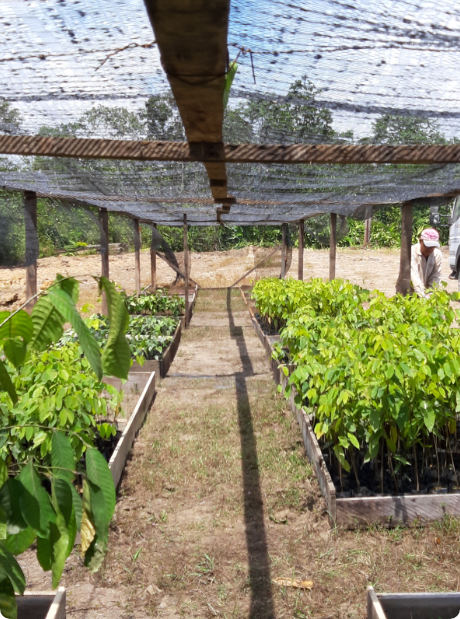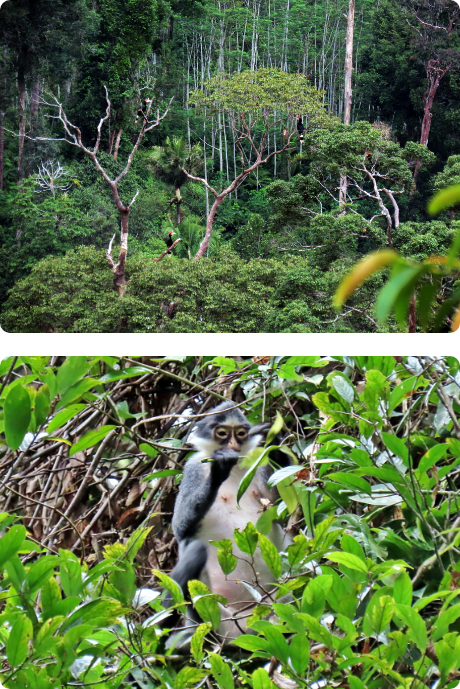
At Samling Timber Malaysia, we recognize and value our forests. Our forests provide clean air and water, wildlife habitat, renewable energy capacity, and a sustainable supply of wood for countless products we all depend on every day. Our forests and mills also provide economic opportunities and support for local communities.
Every one of our management plans is embedded with measures for sustainable forest management. Our practices often exceed the requirements of regulatory agencies, whether it is protecting sensitive habitats such as wetlands or nesting sites, maintaining buffer zones, or sensible road construction methods that minimize soil erosion and impact to aquatic habitats.
Sustainable forest management practices are at the core of our business. At the end of the day, our success is dependent on ensuring our forests can continue to provide a sustainable supply of timber now and long into the future.

A core component of our environmental stewardship is ensuring that our forests provide habitat features for threatened and endangered species. We monitor wildlife through opportunistic sighting and camera traps. We also establish transect lines at selected sites to record the changes in the presence or absence of certain species. Our findings are recorded in the Wildlife Monitoring Report for reference. We also conduct annual monitoring for High Conservation Value (HCV) Areas to assess the effectiveness of the measures employed. This helps us to maintain or where needed, enhance the applicable conservation attributes.

